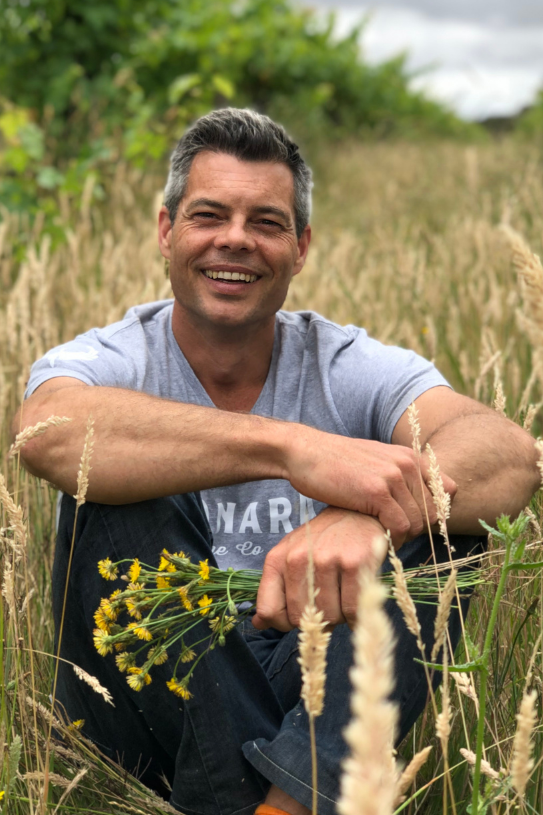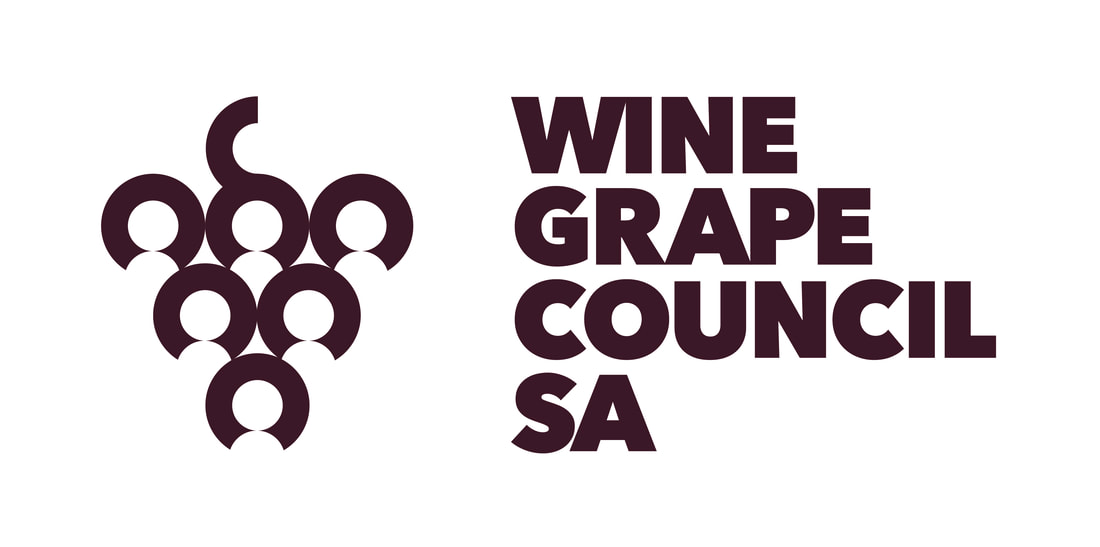Meet the EcoGrowers
Dru ReschkeRegion: Coonawarra
1. Tell us about your experience in grape growing?
In 2006, although the vineyard was still producing quality fruit, I noticed that there was a lack of resilience that resulted in the death of some vines during a particularly savage season of frosts. This prompted myself and viticulturist Mary Kennedy to investigate other management techniques to improve the vineyard. As a result, we embarked on an organic path, with the vineyard organic certified in 2017 after almost a decade of organic farming. But certification, and indeed organics, was only a starting point. 2. What prompted you to want to be involved in the EcoVineyards project? Mary Retallack has been a long time champion of growing grapes as naturally as possible. Her knowledge is unparalleled in Australia in this regard. Any chance to learn from her was always going to be a good thing. 3. What do you hope to achieve from your involvement in the EcoVineyards project? Knowledge & further vineyard resilience. 4. Have you tried to increase biodiversity on your property before undertaking this project? If so, how? Yes. We are the only certified organic vineyard in Coonawarra. We have created a unique form of high-nutrition organics, coupled with white & yellow stamen flowers and native grasses, which we call ‘Ecosystem Organics’. This has seen our vineyard disease and pest pressure drop to almost nil. A Trichogramma wasp is so small it will only travel 20m, so we need the flowers under the dripper to survive summer. This wasp eats the flower nectar but will lay its larvae in The Light Brown Apple Moth (LBAM) eggs, which the larvae will feed on, keeping them in check. So, we need the LBAM as a food source, we just don't want them exploding in population, which will happen with no food for predators. 5. Why do you think it is so important for growers to try and build natural resilience on their property? Three reasons; Costs, costs, and costs. It will save you a fortune. Our day-to-day vineyard costs are down 30% (we are re-trellising vines and drippers higher to allow sheep to shoot bash for us, so that has cost a bit, but will save us). Flowers and native grasses grow deeper roots, leaving humus when they die. 50% of humus is carbon, and 1% extra carbon will hold 138,000 litres per ha. If it rains three times in the season, it will have held the equivalent of an Olympic size swimming pool per ha. We use 3 x less water than the average vineyard. We have sprayed no herbicide, or pesticide for 15 years - not even organic. in 2011 - the wettest year on record - most of Coonawarra had 20% disease; we stood in the bins as it was being picked to throw out mouldy bunches and found 3 bunches total in each vineyard. 6. Looking to the future, what do you see as a new 'normal' for grape growers on their properties? Creating ecosystems will be the new norm: Analyse the mineral ratios (through Nutri-tech), and keep them topped up, and your vines will be organic by default, because they don't get disease. Create an ecosystem above ground to keep pests down, and underground to allow the microbiome to feed nutrients into the vines, making them resilient. |
Project Partners
This project is supported by the Department of Agriculture and Water Resources, through funding from Australian Government's National Landcare Program.
This project is funded by the Adelaide and Mount Lofty Ranges Natural Resources Management Board through the NRM levy.
This project is funded by the Adelaide and Mount Lofty Ranges Natural Resources Management Board through the NRM levy.






